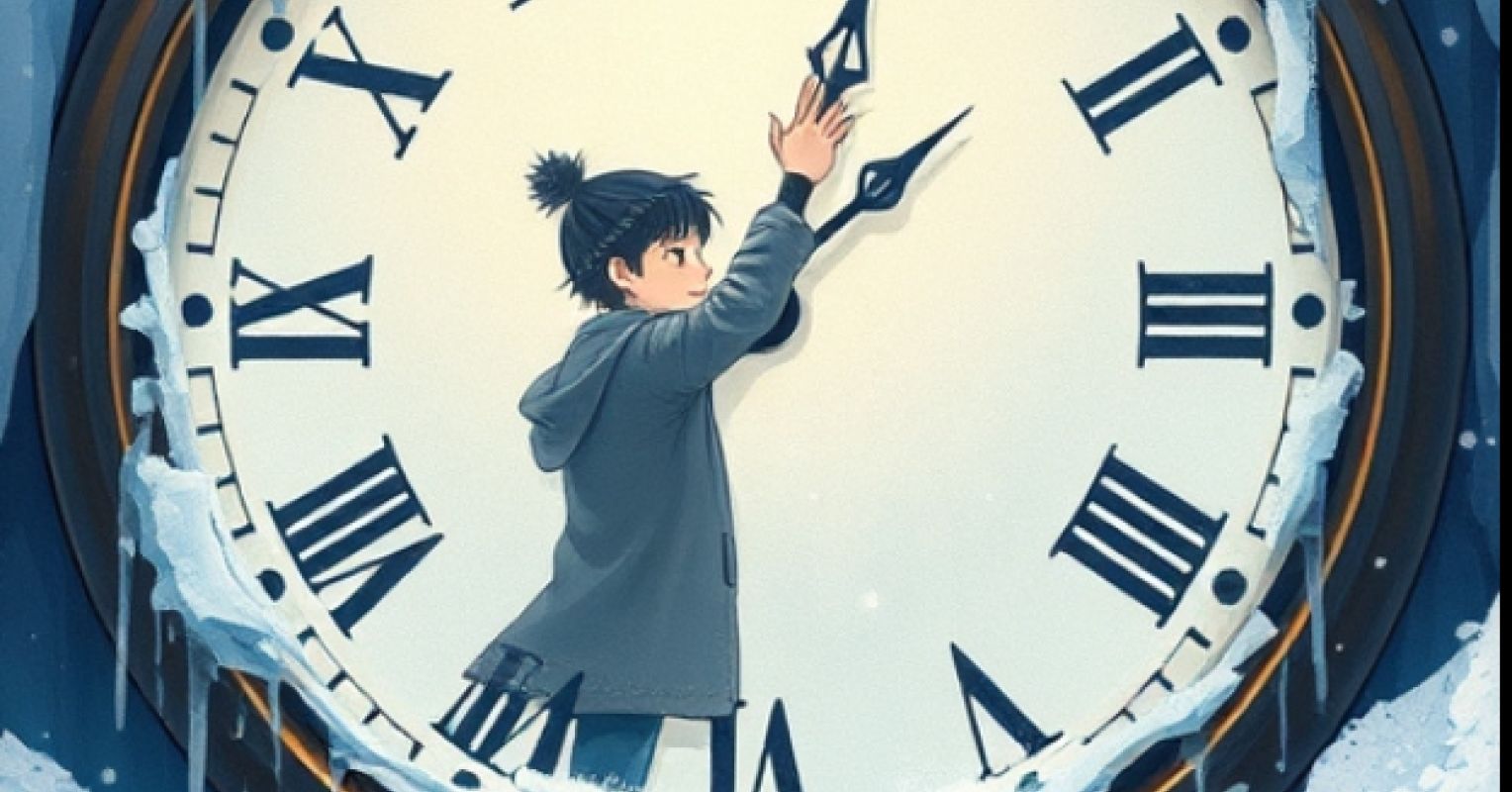
"The consulting room is cast in tragic hues: pains to be confronted, losses to be mourned, and wounds to be explored with most serious attention. The analyst is a witness to suffering, and, to an extent, the work of transformation reflects the weight of one's willingness to be honest and confront one's most painful truths. Laughter is never too far away, in the best cases, on the other end of seriousness."
"Lacan, so helpful at times in part because of his eccentricity, took comedy very seriously, more so than many of his dour counterparts. For Lacan, the analyst was not just a confessor but sometimes a trickster, a performer, intervening with wit and play to disrupt some of the imprisoning scripts that unfold for the patient. Comedy was not an escape but a significant dimension of the work."
Psychoanalysis treats seriousness and tragedy as central features of clinical work, emphasizing confrontation of pain, mourning, and deep self-honesty. Laughter appears as a secondary, peripheral phenomenon rather than a primary mode of therapeutic change. Historical perspectives indicate that comedy once held equal cultural status with tragedy and served as a vehicle for profound insight. Freud recognized humor's therapeutic potential in Jokes and Their Relation to the Unconscious (1905), yet clinical practice largely relegated humor to a bonding or seasoning role. Lacan valued comedy and playful interventions as ways to disrupt imprisoning psychic scripts and challenge the authority of the Big Other.
Read at Psychology Today
Unable to calculate read time
Collection
[
|
...
]